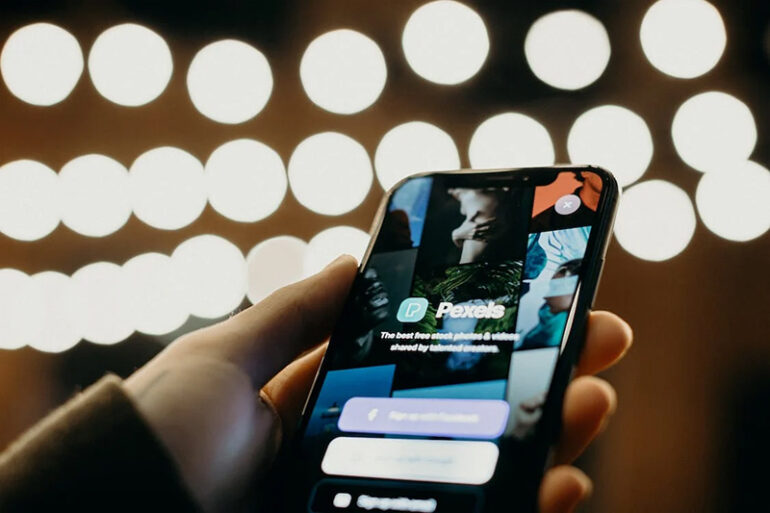When computers were only first being introduced into the mainstream, people needed to input lines of command instead of just dragging a mouse and clicking a button, illustrating the jarring difference in performance and usability. In this modern age of technology, most people have already forgotten what it used to be like before user interfaces or UI all had streamlined simple and easy designs. And seeing how much UI has improved from when this technology was only starting to grow shows just how important well-organized UIs are. Navigating websites, applications, and gadgets without a well-thought-out layout become extremely taxing.
As computers evolved, so did their infrastructure. Gone were the days of bulky mainframes dominating entire rooms; instead, sleeker, more powerful machines emerged. However, the demands of modern computing didn’t just lie in aesthetics. Behind the scenes, in vast data centers, rack servers stood as the unsung heroes of digital progress. These servers, tucked away in data centers across the globe, form the backbone of our interconnected world, handling vast amounts of data with precision and efficiency. As we marvel at the simplicity of clicking a button or swiping a screen, let us not forget the complex machinery silently working behind the scenes, ensuring that our digital interactions remain fluid and effortless.
Simplicity
A common mistake when designing UI is adding so many elements that users get overwhelmed with too much information. Take for example, instead of using different fonts sticking to one that is clean and easy to read will do much more than having a UI that looks interesting but is just hard to understand overall. In place of other fonts, it would be better to make words bold instead of changing the font for emphasis. And if bold cannot be used, then varying the font sizes would also be another good option. The main goal to keep in mind is to put the user’s interests first and to create a UI that can be easily picked up.
Attracting An Audience
One of the biggest pros of having a well-designed UI is that it is able to attract more foot traffic on the web or in simpler terms, more people will be likely to visit a website. The premise of this is simple, people have an affinity for things that have been laid out in a way that is easy to understand or navigate. Without a proper layout, people are less likely to visit websites. Users want to be able to immediately find what they are looking for with little to no effort. It is worth noting that it is only with a good UI that people would want to spend more time on a website or application.
Customer Satisfaction
Possibly the most important part of designing a UI is customer satisfaction. The reason why UIs are being designed in the first place is because of the customers. If the customers or users themselves are not satisfied with a UI then that problem must be immediately addressed. Showing potential customers that a company’s application or website works well works as a subconscious sign of whether or not a company is trustworthy or not. Part of creating a good UI is also listening to the needs of the customer and continually improving the user experience to show that the comments of the users are being listened to.
User interfaces have shown time and time again that doing the simple things right can lead to large amounts of success. Today, it’s almost as if having a well-designed UI can work as good marketing and advertising for small and big businesses alike. Having good UI will be able to improve the lives of those who interact with these well-designed websites and applications by making the interaction between the two a smooth, streamlined process.
Photo Attribution:
1st and featured image by https://www.pexels.com/photo/person-holding-black-phone-with-bokeh-photography-background-3585093/
2nd image by https://www.pexels.com/photo/selective-focus-photography-of-woman-using-macbook-pro-3584996/

